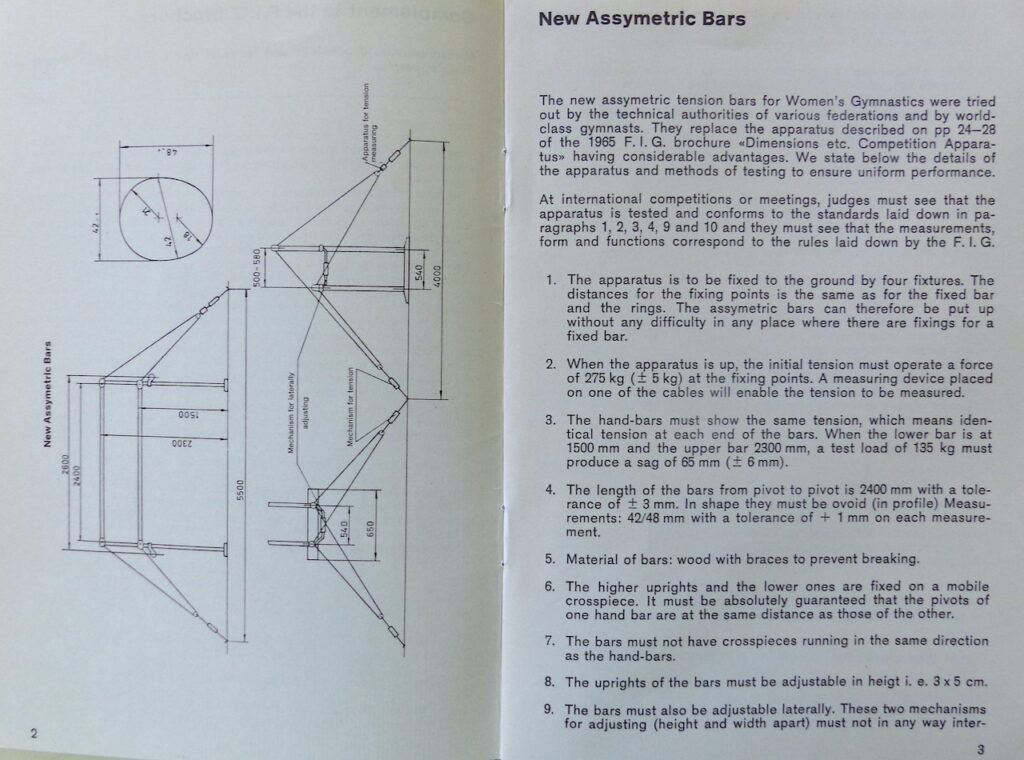At the 1977 European Championships, something new happened. Instead of there being six gymnasts in event finals, which had been the norm for nearly two decades, there were eight gymnasts in each apparatus final.
I know, it doesn’t sound like a major change, but the FIG lagged behind other sports like track and field, which started allowing eight finalists instead of six in the 1960s.
But catching up to other sports wasn’t the only reason for including more gymnasts in finals. It was also to offer more opportunity to other athletes or, as it was phrased, to offer “greater equality of chance.” Arthur Gander and the executive committee, however, weren’t in favor of this proposal.
Let’s dive into what the FIG bulletins said…


